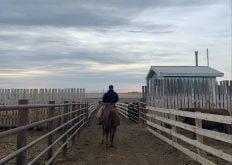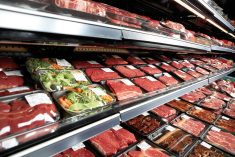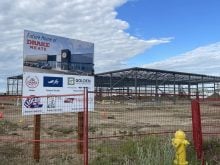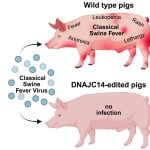One of the main reasons that I entered into cattle politics was to advocate for changes to the suite of business risk management (BRM) programs. At the time I was particularly frustrated with the growing inequity in the programs across agriculture sectors, but also concerned with the primary producer’s ability to manage through increasing weather and trade disruptions.
Today I am out of agriculture politics, but my concerns with risk management programs remain and as such I feel compelled to say let’s not walk away from the option to make changes to these important programs. We might not get it all right, but it’s a step in the right direction and a step that will help agriculture drive the economic growth we all know Canada needs so badly right now.
Read Also
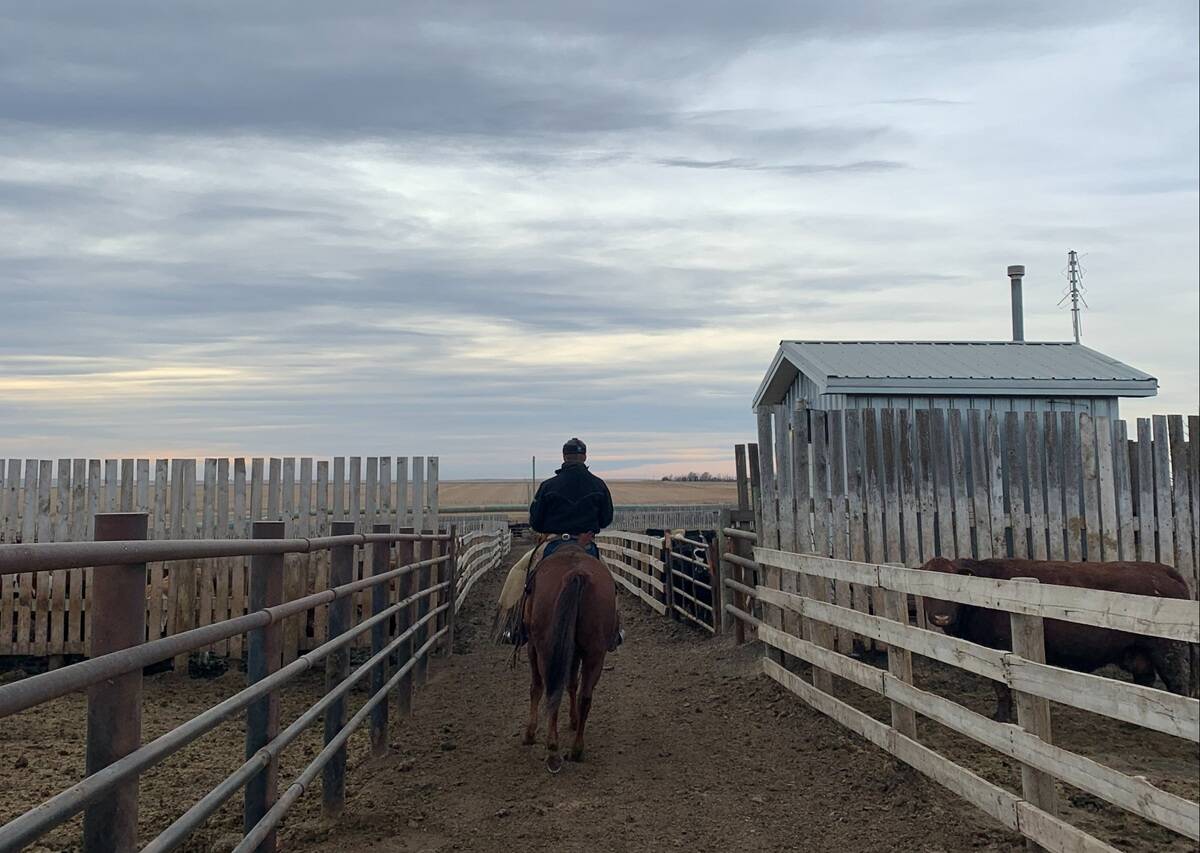
Pen riders still better than tech at detecting respiratory disease in feedlot cattle, says researcher
Recent research found that pen riders are better than tech at flagging signs of BRD in feedlot cattle
Since the introduction of the reference margin limit (RML) in 2013, producers’ payment calculations have been based on the lower of their reference margin or their average eligible expenses from that same reference period. This means producers that have lower eligible expenses, such as cow-calf operators, have had their coverage unfairly limited. This unequal treatment of agricultural production within risk management programming weakened the competitive balance across agricultural sectors as AgriStability was no longer a reliable backstop for many producers.
I understand that the federal government has put an option on the table to remove the RML and I say take it. This would go a long way in restoring the backstop and equity within the program.
I also understand that there is an option to increase the compensation rate from 70 per cent to 80 per cent and again, I say take it. Sure, maybe it’s not everything that today’s agriculture organizations have been asking for, but there is no question in my mind that we need changes to the program. This will get us going in the right direction and give us some breathing room to take an even closer look at these programs and how to get them right for the future. Ongoing evaluation of BRM programs between the agriculture industry and governments is critical. With global political landscapes, markets and environmental risks always changing, the perfect program is truly a moving target and continuous improvement is something we need to strive for. But as I see it today, the proposed changes are going to make the program a more reliable, effective risk management tool for both farmers and ranchers across the country.
A lot is depending on agriculture right now. Growth and jobs are on the horizon, if we manage things right. The trade deals over the past number of years have put us in an excellent position to be one of the most consistent and steadily growing parts of Canada’s economy post-COVID. But to fully capture the opportunity brought by these trade agreements, we need solid BRM programs as a backstop, especially with all the unknowns we face in Canadian agriculture.
I’ll be the first to say, I hope most years we don’t need these programs and that we have good crops and markets. The reality is there are many risks beyond our control and having effective and equitable safety net programs can be the difference for many farmers, ranchers, and feeders getting through inevitable difficult times. This is particularly true for our younger producers who represent the future of Canadian agriculture.
I am optimistic about that future for Canada’s beef cattle industry, thanks to the great support Canadians continue to show for our product and for the growing opportunities to sell high quality Canadian beef around the world. We are leading the world in sustainable beef production and produce one of the finest products on the globe. At the same time, we are all facing unprecedented risks and challenges. Today more than ever, we need open markets and effective business risk tools to help us realize this great potential for Canadian agriculture to thrive.
If the provinces are able to come forward with their share for BRM, I say they ask for a full court press on advancing Canada’s agriculture trade priorities. But that’s my two cents, for what they’re worth.
Martin Unrau farms with his family near MacGregor, Manitoba and was the president of the Canadian Cattlemen’s Association from 2012 to 2014.



